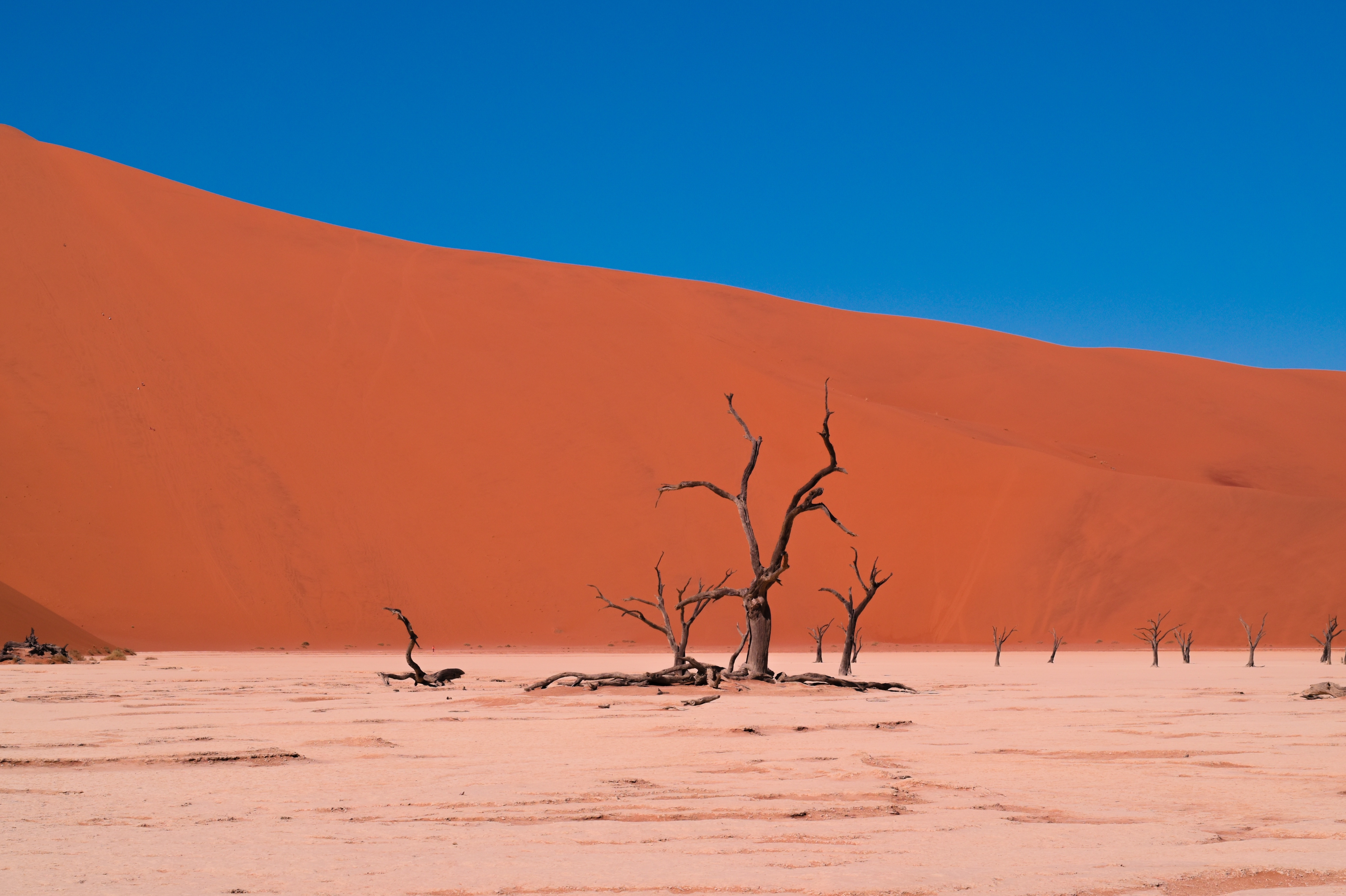The World Meteorological Organization report on March 2016 has confirmed that 2015 was the hottest year on record. The average global temperature was 1.37°F (0.76°C) above the average from 1961-1990. The report is based on data from the U.S. National Oceanic and Atmospheric Administration, the U.K. Met Office, and NASA.
Moreover, NOAA data indicate an unprecedented spike in global carbon dioxide levels in the atmosphere with a whopping 3.05 parts per million growth rate. It’s the fourth year in a row that the atmospheric carbon dioxide rose over 2 parts per million.
Another indication of climate change is the depressed sea ice levels. The Artic sea ice has hit a record low winter maximum extent and saw its fourth lowest summer minimum extent. The weather has also reached extremes with some parts of Asia experiencing major heat waves while much of the Pacific had a flurry of storm activity.
But what is perhaps most alarming are further reports that show the startlingly high temperatures has continued well into the first half of 2016 with no signs of a slowdown. Temperatures from April 2015 through June 2016 were record high. NASA’s records show that from January to June 2016 were the warmest respective months in the modern temperature record, which dates to 1880. The worrying data that just keeps getting worse has, in fact, prompted scientists to declare a “climate emergency.” And if the past 14 months is anything to go by, 2016 could well be in the running to beat 2015 as for the hottest year record.

World leaders and organizations are trying to make progress in addressing the concurrent climate issue and consequential crises like drought, food and water shortages, and deaths. They gathered in record numbers at the United Nations on April 22, 2016, Earth Day, to sign the Paris Agreement, which stipulates that over 195 countries agree to take action, commit to and work together in reducing greenhouse gas emissions to keep global temperature to about 1.5°C and never above 2°C.


